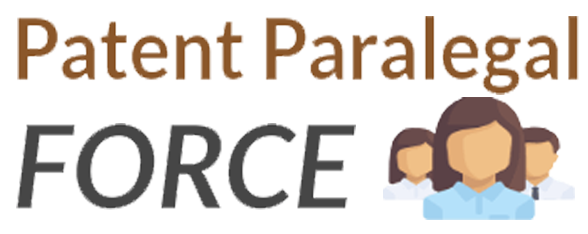If you’re an inventor or IP specialist, you realize that patents are essential to safeguard your inventions. To obtain an application for a patent, the applicant must meticulously prepare and file applications with the relevant patent office. It is essential to be cautious when writing an application as even tiny mistakes can affect the application, and ultimately result in the office taking action, or rejection of the patent. The process of patent application proofreading is therefore the most essential step which saves time and money, and reduces chance of rejection, and also ensures compliance.
Also read: Why Patent Proofreading Services are Critical to Hire?
What is Patent Application Proofreading?
Patent application proofreading is a procedure which assists in identifying and repairing errors to ensure that you have accuracy and free of errors in patents. This procedure is a vital step prior to and even after the granting of a patent. This is since patents that are prone to errors are not only detrimental to enforceability but also cause delays and expense that gets add in the process of the process of drafting they.
Different types of patent application proofreading
Once you’re familiar with the concept of proofreading, let’s explore the many possibilities that are accessible.
As per the requirements, the proofreading process can be of following ways:
- Full Patent This includes proofreading every component of an patent i.e. front/face page, abstract drawing, specifications and claims.
- Patent Partial – In this case, you do proofreading of only specific parts of a patent application. This is essentially the proofreading of claims and face pages.
As per the specific components of the patent, proofreading is of three kinds:
- Proofreading of the Face Page: This involves an extensive examination of the page that is the subject of a patent grant to find any errors. Particularly, the face page is examined with relevant documents within Image File Wrapper and further verified to confirm that all modifications to the face page have been implemented in a correct manner.
- Drawings and Specifications proofreading: This type of check checks sketches or drawings to make sure that the reference numbers of drawings and designs have been correctly specified in the specification.
- Proofreading of claims The purpose of this is to ensure that each claim has been checked and that the appropriate claim amendments are included. In addition, it highlights any previous errors, and dependency errors.
Also read: Patent Proofreading Tools: What it does for you?
Stages to Perform Proofreading
If it’s or the USPTO as well as the patent applicant who has made mistakes, the obligation to correct these mistakes lies with the applicant. The errors on the patent application might be found as a face-page, the section on claims or the entire specification which includes drawings/designs. The proofreading process should be carried out during any of the following phases:
- Before submitting the application
- Once the patent application has been published
- The stage of notice of allowance
- Once the patent is issued, it must be registered.
- Once PCT applications are published when the PCT application is published U.S. as the receiving office
Guidelines to Follow to get an error-free Patent
In this part we will go over the process of proofreading patents.
- Stage I: Reception of the request for proofreading
When they have received and acknowledged the request for proofreading the proofreader who was chosen is required to download the patent granted and Image File Wrapper ( IFW) documents.
- Stage 2 – proofreading Face Pages
In this phase an editor reviews the face of the patent granted line-by-line with IFW documents. In addition, the proofreader makes sure that any changes made on the face page are made.
- 3. Proofreading Drawings and Specification
Drawings as well as the whole specification are reviewed to make sure that all drawing reference numbers are clearly defined in the specification.
- Stage 4 – Claims for Proofreading
Each claim’s amendments are evaluated to verify that the modifications are taken into account. In addition, any antecedent errors as well as any errors in the dependency are identified.
- Stage V – – Preparing a report
After thorough examination of all the documents, including patents and IFW documents A proofing error report that identifies the mistakes is created. In accordance with specific instructions the certificate of Correction (CoC) is created. Then is a “Marked Issued Patent report” that identifies any flaws in a patent issued is made.
Also read: Patent Proofreading Software: All You Need to Know
Conclusive talk:
As a patent is vital for the protection of an invention one can’t afford to make mistakes in the legal documents. It is a crucial process that can be carried out either prior to or following the grant of a patent in order to rectify errors in documents. This allows applicants to rectify both major and small errors that could impact the patent’s enforceability. “Patent Paralegal Force” patent application proofreading service can help you find the errors in an issued patent through cross-checking of communications documents that are stored inside the IFW document of the USPTO Public.
Our professional proof readers will find the mistakes and remove the errors from your application prior to they trigger office actions. The complete security for our clients is our goal and we do not compromise on the matter. We perform several checks and quality checks before delivering you your final report on proofreading. This way, we make sure that your application doesn’t have even the tiniest of mistakes. Find out more about us here.
Other articles related:
Types of utility patent illustrations
